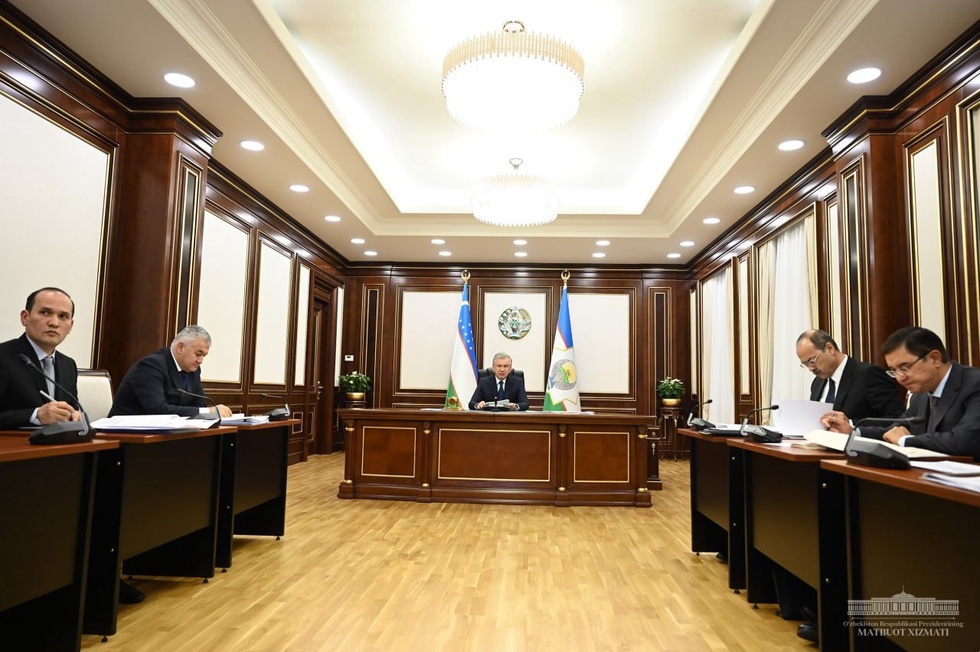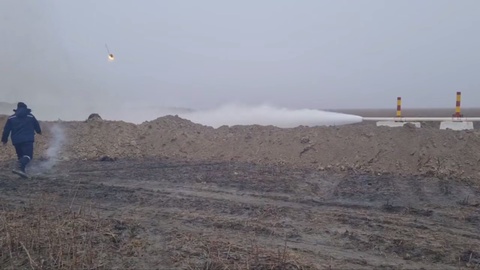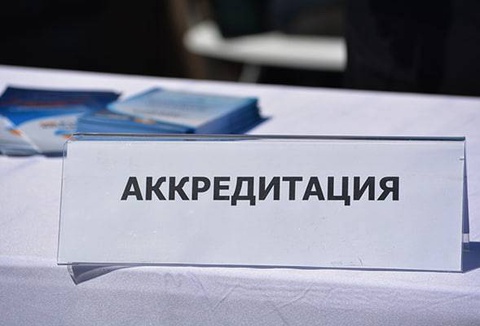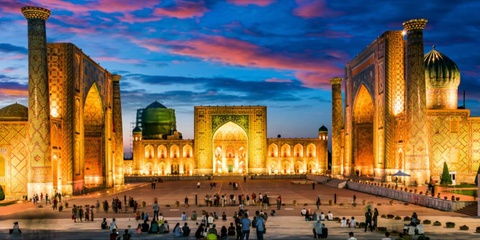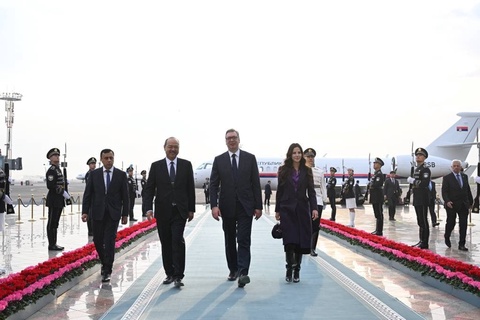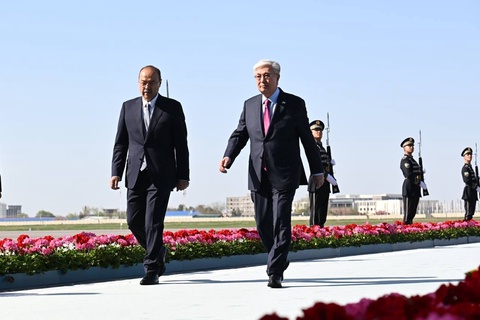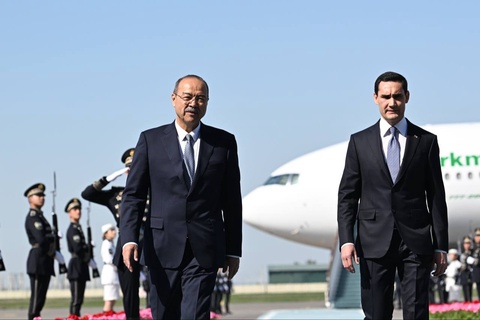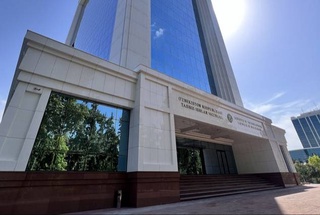The Tashkent region has 15 districts and 7 cities. Its convenient geographical location makes it a vital transport corridor connecting the capital with the oasis and valley areas.
However, the region’s economic development does not correspond to its potential. Trade, land and water, transport, and transit opportunities are not fully utilized. According to specific indicators, the region lags behind even remote areas.
At the meeting, unused reserves and the passivity of district leaders were listed.
With the capital’s dynamic development, the adjacent regional areas lag behind the pace. For example, in Tashkent, Zangiata, Qibray, Yuqorichirchiq, and Urtachirchiq districts, the volume of industrial production is several times less than in the adjacent districts of the capital. The picture is the same in the construction industry.
The potential of the districts does not turn into economic benefits, since hokims do not have enough initiative to identify and use growth points.
At the meeting, the persons responsible for the cities and districts of the region were warned about the need for changes in activities. Otherwise, the issue of their suitability for their position will be considered.
It was noted that despite the conditions created by the state, district development is imbalanced. Parkent, Yangiyul, Chinaz, and Akkurgan districts, which have a good tourism and transit base and economic preferences, are especially lagging behind.
In this regard, on the instructions of the President, the actual state of affairs and the possibilities of the districts, as well as the entrepreneurs’ proposals, were studied.
Growth points were analyzed at the meeting.
In particular, in Parkent district it is proposed to repair roads leading to objects of tourist interest, organize the movement of minibuses, and allocate land to entrepreneurs to construct trade and service points along the roads. It is also possible to effectively use the lands being developed through the precise determination and strengthening of the banks of Parkentsay, Kyzylsay, and Chovlisay.
Many entrepreneurs in Yangiyul district want to implement projects and attract investment, but they have problems finding land. Therefore, a small industrial zone specializing in the production of food and hygiene products is planned for the empty building.
In the Chinaz district, there are opportunities for the construction of a shopping and entertainment complex and a modern fish market, the expansion of trade and services along the roads, and the increase in the number of greenhouses in private households.
Due to the lack of industrial capacity in Akkurgan district, many women come to Tashkent and the districts to work in textile enterprises. It is planned to organize such enterprises based on unused buildings in the district itself.
The Head of state identified measures to improve the districts’ economies. Responsible persons have been instructed to analyze other areas of the region, identify additional growth points, and increase income sources.
Several plans have been developed for this purpose. In particular, a Uzbekistan—Hungary Industrial Zone will be created in the Akhangaran district, where projects worth $100 million will be located. Projects worth $400 million will be implemented in the Angren Free Economic Zone for the production of household appliances, rolled metal, and fruit and vegetable processing, and projects worth $260 million will be implemented in the Eltech Industrial Technology Park.
At the meeting, issues of accelerating economic and social projects by attracting foreign direct investment were discussed. It was emphasized that a gradual transfer of industrial enterprises from the capital beyond its borders is planned, creating significant opportunities for Tashkent region.
Assistance will be provided to the self-employed in transitioning to small businesses and restoring the activities of entrepreneurs who have stopped working. Based on the experience of Chinaz, compact greenhouses and complexes for storing and processing products will be created through cooperation.
Measures to increase the flow of local and foreign tourists to 5 million and bring tourism exports to at least $300 million this year were also discussed.
Particular attention was paid to the issues of training women and youth in professions and ensuring their employment.


